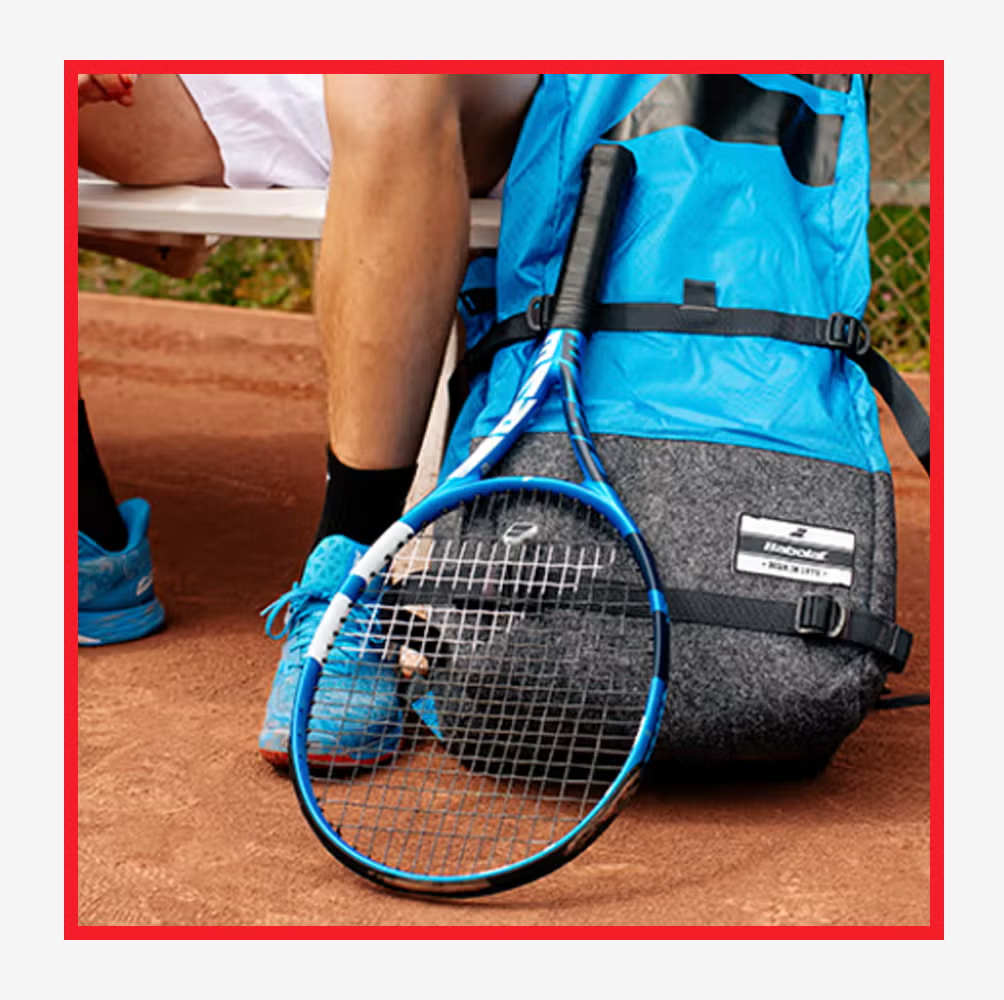Choosing the right tennis racket can make all the difference in your game. Whether you’re a beginner learning the ropes or an experienced player refining your skills, the right racket can enhance your performance, improve comfort, and prevent injuries. With so many options on the market, knowing what to look for is essential. This guide breaks down the key factors to consider when selecting a quality tennis racket. A quality tennis racket tailored to your needs can elevate your game and make playing more enjoyable. By considering factors like grip size, head size, weight, and string pattern, you can find a racket that complements your style and skill level. Take the time to demo various options and consult professionals if needed. With the right racket in hand, you’ll be ready to hit the court with confidence and improve your performance.
1. Grip Size: Comfort and Control
The grip size of a tennis racket significantly affects your comfort and control on the court. A grip that’s too small can cause excessive wrist movement and increase the risk of injury, while a grip that’s too large can lead to difficulty in maneuverability.
- How to Measure: Hold the racket in your dominant hand as you would during play. There should be about a finger’s width of space between your fingers and palm when you grip the handle.
- Common Sizes: Grip sizes range from 4 inches to 4 ¾ inches in circumference.
- Custom Adjustments: If you’re between sizes, choose a smaller grip and add overgrips for customization.Once you’ve selected the perfect tennis racket, proper care will ensure its longevity.
- Restringing: Replace strings regularly to maintain optimal tension and performance.
- Grip Replacement: Refresh grips as needed to prevent slippage and improve comfort.
- Storage: Store your racket in a protective bag and avoid extreme temperatures.
2. Head Size: Power vs. Control

The size of the racket head determines the power and control you’ll experience. Larger head sizes offer more power and forgiveness, while smaller ones give better precision.
- Oversized (105–135 sq. inches): Best for beginners or those who prefer extra power and a larger sweet spot.
- Midplus (95–105 sq. inches): A balanced choice offering a mix of control and power, ideal for intermediate players.
- Midsize (<95 sq. inches): Provides maximum control for advanced players who generate their own power.
3. Weight: Finding Your Perfect Balance
The weight of a tennis racket affects how it feels and performs during play.
- Lightweight Rackets (9–10 oz): Easier to maneuver, great for beginners or players who prioritize speed and agility.
- Midweight Rackets (10–11.5 oz): Offer a balance of power and control, suitable for most intermediate players.
- Heavy Rackets (>11.5 oz): Provide stability and power but require more strength and skill to handle, ideal for advanced players.
Tip: Test different weights to find what feels natural during swings.
4. Balance and Swing Weight: Maneuverability vs. Stability
The balance of a racket refers to the distribution of weight along its length and directly impacts how it swings.
- Head-Light Rackets: Heavier in the handle, these offer better control and maneuverability, ideal for net players.
- Head-Heavy Rackets: Shifted weight towards the head for more power and stability, good for baseline players.
- Even Balance Rackets: Provide a middle ground, offering both power and control.
Swing Weight: This metric measures how heavy the racket feels when swung. Higher swing weights provide stability, while lower ones allow for faster swings.
5. String Pattern: Open vs. Dense
The string pattern affects how the ball interacts with the racket and influences spin, control, and durability.
- Open String Pattern (e.g., 16×19): Provides more spin and power but can wear out strings faster.
- Dense String Pattern (e.g., 18×20): Offers more control and durability but less spin.
6. Material and Frame Construction

Modern tennis rackets are constructed from various materials that affect their performance and durability.
- Graphite: Lightweight and strong, ideal for all skill levels due to its excellent control and power.
- Aluminum: Affordable and durable, suitable for beginners.
- Composite Materials: Combine graphite with other materials like fiberglass or Kevlar for enhanced flexibility and shock absorption.
Frame Stiffness: Stiffer frames provide more power, while flexible frames offer better control and comfort.
7. Length: Standard vs. Extended
The length of the racket determines reach and leverage.
- Standard Length (27 inches): Suitable for most players, offering balanced control and maneuverability.
- Extended Length (>27 inches): Provides extra reach and leverage for more powerful serves but can be harder to control.
- Grip Replacement: Refresh grips as needed to prevent slippage and improve comfort.
- Storage: Store your racket in a protective bag and avoid extreme temperatures.
8. Price and Brand Reputation
Investing in a quality tennis racket doesn’t have to break the bank, but price often correlates with performance and durability.
- Budget-Friendly Options: Great for beginners or recreational players.
- Premium Models: Offer advanced features for serious players.
- Brands to Consider: Wilson, Babolat, Head, Yonex, and Prince are known for their reliability and innovation.
Tip: Read reviews and consult experienced players for recommendations.
- Test Multiple Options: Experiment with different head sizes, weights, and string patterns.
- Play Real Matches: Use the demo racket in various scenarios, including serves, volleys, and backhands.
9. Demoing Rackets: Try Before You Buy
Most tennis retailers allow you to demo rackets before purchasing. This gives you a feel for the racket’s weight, balance, and performance on the court.
- Test Multiple Options: Experiment with different head sizes, weights, and string patterns.
- Play Real Matches: Use the demo racket in various scenarios, including serves, volleys, and backhands.
10. Maintenance and Longevity
Once you’ve selected the perfect tennis racket, proper care will ensure its longevity.
- Restringing: Replace strings regularly to maintain optimal tension and performance.
- Grip Replacement: Refresh grips as needed to prevent slippage and improve comfort.
- Storage: Store your racket in a protective bag and avoid extreme temperatures.
Conclusion
A quality tennis racket tailored to your needs can elevate your game and make playing more enjoyable. By considering factors like grip size, head size, weight, and string pattern, you can find a racket that complements your style and skill level. Take the time to demo various options and consult professionals if needed. With the right racket in hand, you’ll be ready to hit the court with confidence and improve your performance.


